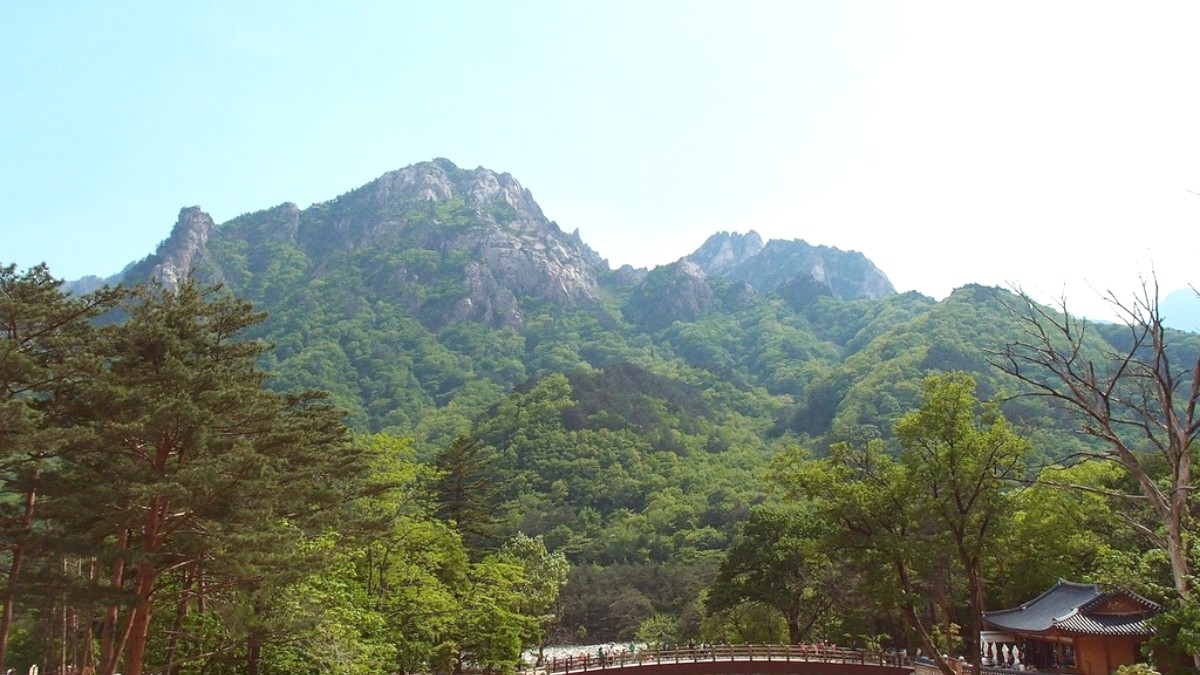
Gang Won Do, South Korea
SK Telecom, KT, and LG U+ lead as mobile providers. All three provide wide coverage, including in mountainous areas like Seoraksan National Park.
SIM cards are available at major airports (ICN, GMP) upon arrival, or at telecom retail stores in cities like Sokcho.
South Korea features excellent Wi-Fi infrastructure. Free Wi-Fi is widely available in hotels, cafes, restaurants, and public areas.
These devices are for rent at airports or pre-bookable online. A Portable Wi-Fi device keeps multiple devices connected during your travels.
Post offices (우체국, ucheguk) are dependable for sending postcards or packages internationally. Find them in Sokcho city center.
Government Offices/Banks generally work Monday-Friday, 9:00 AM - 4:00 PM for banks, or 9:00 AM - 6:00 PM for government offices.
Retail Stores are generally open from 10:00 AM to 9:00 PM, often daily. Convenience Stores are 24/7 (GS25, CU, 7-Eleven).
A slight bow is customary when greeting and saying goodbye, especially to elders or in formal situations.
A nod is common among peers. Handshakes are common with foreigners, often with a slight bow.
Acknowledge greetings with a slight bow or nod, especially when interacting with elders or in formal settings.
South Koreans generally dress neatly. Casual wear is fine, but avoid overly revealing clothing in public places.
Remove your shoes when entering traditional restaurants, homes, or some guesthouses. Look for shoe racks.
Accessibility infrastructure in South Korea shows differences between major cities and natural areas.
Newer buildings and public facilities often feature ramps and elevators. Sidewalks can be uneven, older areas may lack accessible infrastructure.
Some city buses are low-floor and accessible. KTX trains generally welcome those with mobility aids.
Accessibility in Seoraksan National Park is limited. The main path from the entrance to Sinheungsa Temple and the Cable Car welcomes those with mobility aids.